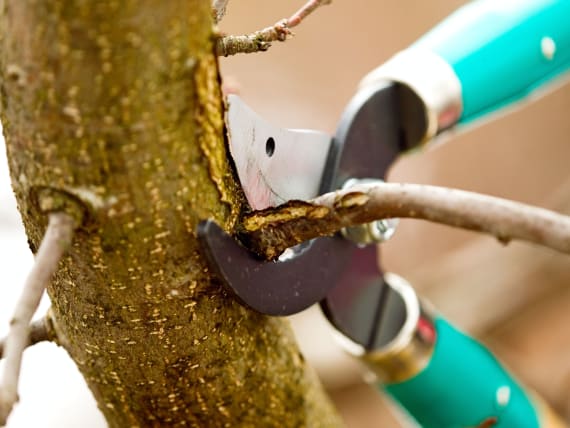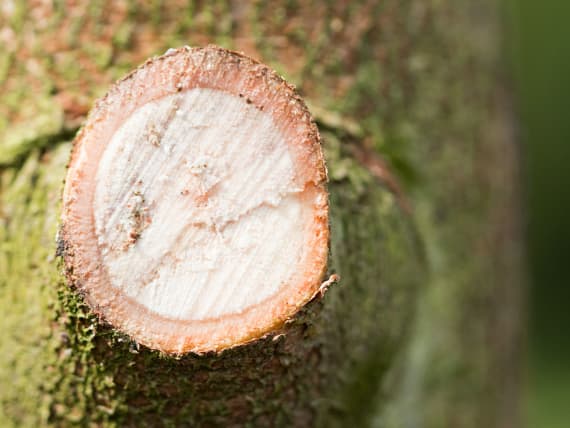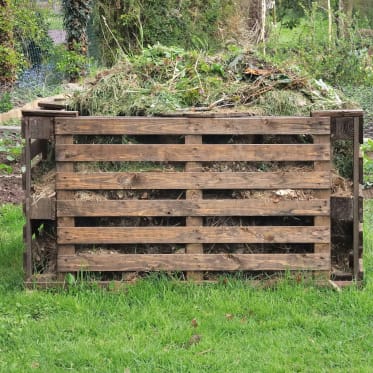Frequent search terms

- COMPO
- Guide
- Plant Care
- Garden
- Garden care
- Pruning trees properly
Pruning trees properly
Although there is no such thing as pruning in nature, it is quite useful to regularly prune trees. This allows you to give your woody plants shape and stimulate the formation of flowers and fruits. It also encourages growth and wards off illnesses and fungal diseases. Helpful information about the right time and technique is available here.

The best time to prune trees
As with all elements of garden care, the following is also true for pruning woody plants: Timing is everything! The best time is in February and March when the biggest frosts are over. Pruning too early would impair the frost resistance of woody plants, but if you prune too late, you might damage any buds that have already grown. It is important that you only prune your trees on frost-free days.
The correct pruning technique
You should always use a sharp tool so that you can make a clean cut. To preserve the natural growth habit, the main branches should be pruned so that the crown is uniformly reduced.

Sawing off branches
Make sure to always position the cut above a leaf bud at a slight angle so that water can drain off easily. You must leave behind the thickening at the base of the branch (branch collar), as this helps the wound to grow back together. The branch collar is formed by the interlocking of branch and trunk wood: Each year the branch first grows and then thickens. Later on in the year, the trunk also grows and slides over part of the branch.
Do not place the saw too close to the trunk, as this will destroy the branch collar. This prevents the wound from closing and makes it susceptible to fungal diseases.
But please do not cut too far away from the trunk, either! Stumps that are too large cannot grow back together. The consequences: It is easier for fungi or rot-causing bacteria to get inside and kill off branches.

Shortening branches
If the branches are just shortened, there is no need to cut at the branch collar, i.e. just before the thickening between the trunk and the branch. Note: Look out for any possible buds and cut diagonally just above the bud (about 5 mm) so that water can run off more easily. You should also not leave too much shoot above the bud and not cut at too much of an angle to keep the wound as small as possible.

Step by step
Method for very large branches
You should saw thick branches in three stages to make the wound as small as possible. Follow-up care helps the wound to heal and prevents viruses, bacteria or fungi from getting inside the plant. We show you how to do this step by step here.
- First cut the underside of the branch through to the centre of the branch. Keep a distance of about 50 cm to the trunk.
- Now saw the branch from the top side, about 60 cm from the trunk.
- Saw the remaining branch, leaving the branch collar on the trunk.
- It can often take years for the plant to close the wound by itself. During this time, viruses, bacteria and fungi can get inside the tree. Remove any sawdust from the wound surface and smooth frayed wounds with a blade.
- To speed up the healing process, you should generously apply a wound treatment up to 2 cm beyond the edge of the wound immediately after pruning. Check the area every two to three years and apply again as needed.
You might also be interested in these topics











